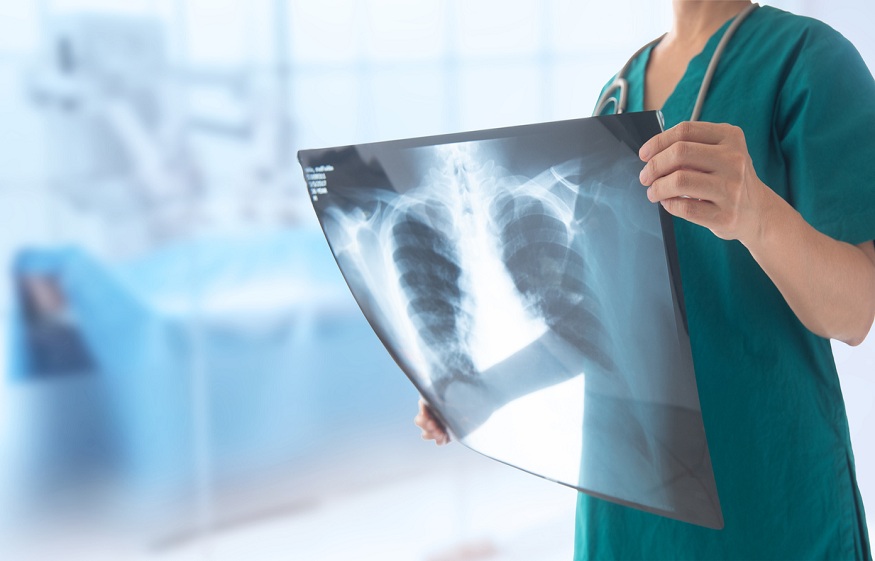The Importance of 3D Mammography Course for Radiologic Technologists
DBT, or Digital Breast Tomosynthesis, is the latest and the most advanced mammography technique that creates 3D images instead of flat traditional 2D images. Radiologic technologists, in the past, have complained about several limitations of traditional mammography techniques of producing 2D images. Overlapping of breast tissues is one such challenge that could conceal the possibility of cancer. Similarly, overlapping tissues can also show lumps and masses and create false positives. Hence, the popularity of 3D DBT screening has gained so much importance. As such, the latest tomosynthesis mammography training has witnessed a surge in recent years in the USA.
Overview of the Training
Digital Breast Tomosynthesis training courses are designed for mammography professionals and radiologic technologists. This field demands accurate diagnosis instead of false positives or hiding cancers in the screening process as such, DBT is the new favorite method of screening breast cancer among patients.
Learning the Basics
Utilizing DBT demands using the technology correctly and reading the right results. Adequate training will educate candidates on the fundamentals of advanced technology in mammography. Additionally, training also teaches how to implement the tools and techniques in clinical practice successfully. One has to fulfill a minimum of 8-hour MQSA mandate requirement before joining the radiology department of a hospital or medical facility performing DBT.
Outline of the Course
The tomosynthesis mammography training courses cover the following aspects.
- Understanding the basics of DBT (Digital Breast Tomosynthesis)
- Understanding the difference between conventional 2D mammography images, and 3D DBT findings
- Recognizing the requirements to practice DBT as radiologic technologists and mammography professionals
- Executing application procedures specific to DBT tools and equipment
- Practicing the basics of DBT as deemed indispensable by the operator
- Applications of DBT units and creating images as approved by the FDA
The course is meant for technologists who want to upgrade themselves to utilize 3D images in detecting breast cancer at its early stages. Learning to use the DBT units correctly indicates earlier cancer detection rates because there are no challenges with overlapping tissues. Similarly, false-positive reports are also eliminated. Thus, technologists trained in DBT can render better patient care.
Hands-On Experience
The tomosynthesis courses are designed to teach the candidates the ways to handle and operate FDA-approved tomosynthesis mammography units. The candidates will encounter minute differences in distinct brands. As long as general training is fulfilled or has been exposed to any specific brand of tomosynthesis unit, MQSA will validate it as meeting the training needs. Considering clinical practice before handling a DBT unit as a technologist gives a hands-on experience in quality control, image production, and troubleshooting.
Conclusion
Breast cancer screening using advanced digital tomosynthesis units helps to detect cancer at an early stage. Therefore, it is significantly reducing the mortality rate from breast cancer across the USA. The three-dimensional image production helps mammography professionals and radiologic technologists to view the affected tissue and the surrounding areas from different angles. Implementing the DBT units correctly, producing images, studying them thoroughly, and analyzing the results can be carried out smoothly when one has completed tomosynthesis mammography training and become a certified professional.
